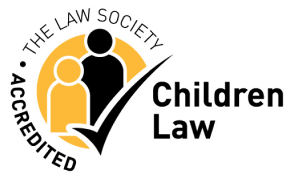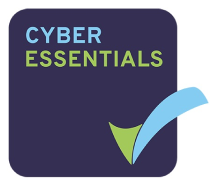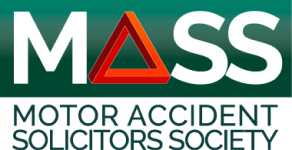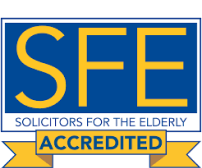Throughout the course of the conveyancing process, you will be required to complete and sign many documents, most of which can be completed and returned electronically.
There are, however, a few documents which need to be hand signed during the conveyancing process.
These are the Contract, Transfer, and the Mortgage Deed (if you are purchasing and getting a mortgage).
What is a Contract?
The contract provides particulars of the sale, it includes information such as:
- The seller’s name(s)
- Your name(s)
- The full property address
- The title number(s); and
- The purchase price.
The contract will be drafted early on in your transaction pending the results of enquiries and surveys. The contract will be approved by both sets of solicitors before being sent out to you to sign.
Under the Law of Property (Miscellaneous Provisions) Act 1989, section 2, the contract must be in writing and incorporate all the agreed terms. The contract will require a wet signature by all buyers and sellers. If the property being sold is currently occupied by someone other than the legal owner and that occupier is over the age of 18, they will also sign the sellers copy of the contract.
When exchange takes place between solicitors, the date for completion is set and becomes legally binding. A failure to complete on the agreed date will be a breach of the contract. At Oliver & Co, a member of the conveyancing team will call you on the day that the exchange of contracts is set to take place and run through the contract with you again to check the details once more and to obtain your authority to exchange contracts and set the date for completion.
What is a Transfer?
The transfer deed, which is also referred to as the TR1, passes legal ownership of the property from the sellers to the buyers. This is a standard deed used by the Land Registry to register the buyers as the legal owner(s) and proprietor(s) of the property once completion has taken place.
If you are buying or selling a part of some land, rather than a whole piece of land, then you may be asked to sign a TP1 instead, this is still a transfer deed and will still pass legal ownership of the property in the same way that a TR1 would.
This deed will need to be signed by all the parties and each signature must also be countersigned by a witness. The witness cannot be a person related to any of the parties signing. They must be an independent person, such as a neighbour or work colleague.
What is a Mortgage Deed?
The mortgage deed is a document provided by the buyer’s lender which the buyers will need to sign to show their intention of paying off the mortgage advance as per the conditions of the mortgage offer. By signing the mortgage deed, the buyers are entering into an agreement with the lender that they will not sell the property without repaying the full amount due to the lender as agreed in the mortgage deed.
This document will also need to be signed by the buyer(s) in the presence of a witness who must again be an independent person, such as a neighbour or work colleague.
You may find that there may be other things that you need to physically sign. This may be because there are extra requirements from the mortgage lender, or if purchasing a property you may have a Help to Buy ISA to redeem. If you are unsure of what needs a physical signature and what documents can be e-signed, please contact us and ask one of our conveyancing team to help.













